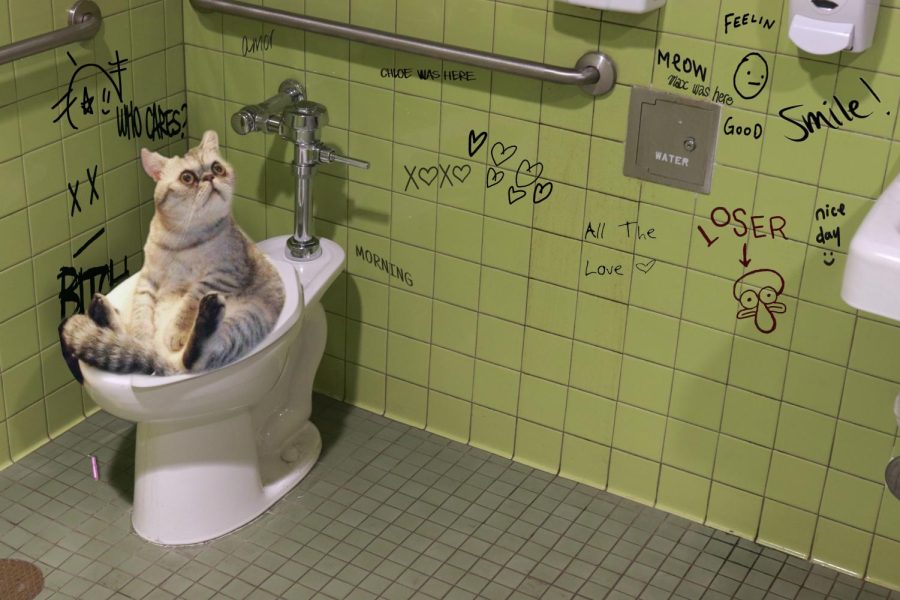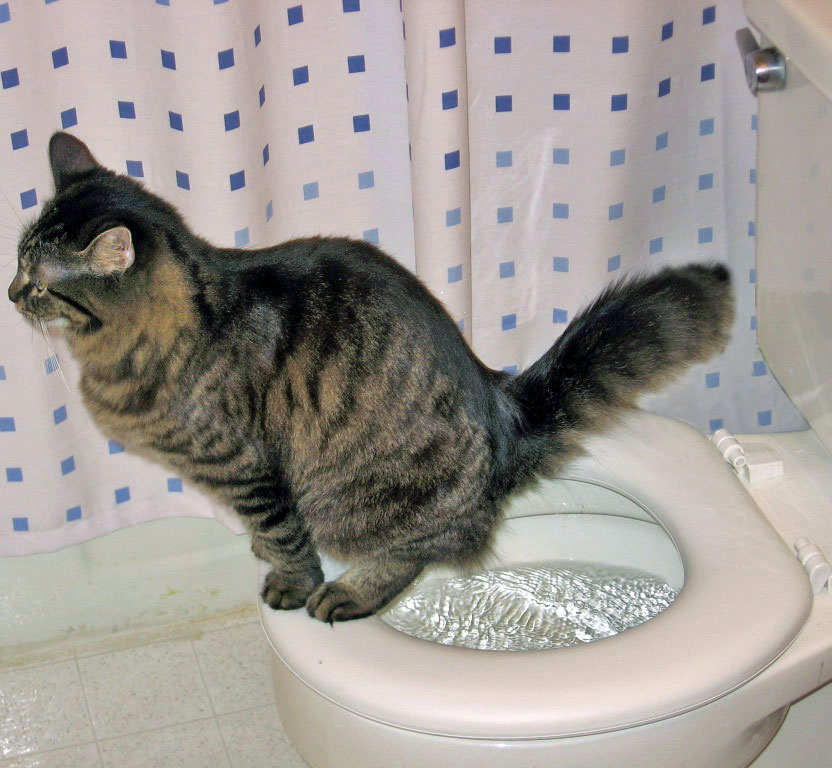Prevent Plumbing Problems: Don't Flush Cat Poop Down Your Toilet - Professional Guidance
Prevent Plumbing Problems: Don't Flush Cat Poop Down Your Toilet - Professional Guidance
Blog Article
The author is making several great observations related to Can You Flush Cat Poo or Litter Down the Toilet? in general in this content down below.

Introduction
As feline proprietors, it's necessary to bear in mind how we deal with our feline friends' waste. While it may appear hassle-free to flush pet cat poop down the bathroom, this method can have destructive consequences for both the setting and human wellness.
Environmental Impact
Purging feline poop introduces dangerous pathogens and parasites right into the water, presenting a substantial danger to aquatic communities. These contaminants can negatively impact aquatic life and concession water high quality.
Wellness Risks
In addition to ecological problems, flushing pet cat waste can also position health and wellness risks to humans. Feline feces might contain Toxoplasma gondii, a parasite that can create toxoplasmosis-- a possibly serious health problem, especially for pregnant ladies and people with damaged immune systems.
Alternatives to Flushing
Thankfully, there are safer and much more responsible means to get rid of pet cat poop. Consider the complying with options:
1. Scoop and Dispose in Trash
The most typical technique of taking care of pet cat poop is to scoop it into a naturally degradable bag and throw it in the trash. Make sure to use a specialized litter inside story and dispose of the waste immediately.
2. Usage Biodegradable Litter
Select eco-friendly pet cat clutter made from products such as corn or wheat. These trashes are eco-friendly and can be safely gotten rid of in the garbage.
3. Bury in the Yard
If you have a yard, consider burying feline waste in a marked area away from vegetable gardens and water sources. Be sure to dig deep adequate to prevent contamination of groundwater.
4. Install a Pet Waste Disposal System
Buy a family pet garbage disposal system especially made for cat waste. These systems use enzymes to break down the waste, reducing odor and environmental impact.
Conclusion
Responsible animal ownership extends past giving food and sanctuary-- it likewise involves proper waste monitoring. By avoiding flushing pet cat poop down the bathroom and choosing alternative disposal techniques, we can minimize our environmental footprint and protect human health.
Why Can’t I Flush Cat Poop?
It Spreads a Parasite
Cats are frequently infected with a parasite called toxoplasma gondii. The parasite causes an infection called toxoplasmosis. It is usually harmless to cats. The parasite only uses cat poop as a host for its eggs. Otherwise, the cat’s immune system usually keeps the infection at low enough levels to maintain its own health. But it does not stop the develop of eggs. These eggs are tiny and surprisingly tough. They may survive for a year before they begin to grow. But that’s the problem.
Our wastewater system is not designed to deal with toxoplasmosis eggs. Instead, most eggs will flush from your toilet into sewers and wastewater management plants. After the sewage is treated for many other harmful things in it, it is typically released into local rivers, lakes, or oceans. Here, the toxoplasmosis eggs can find new hosts, including starfish, crabs, otters, and many other wildlife. For many, this is a significant risk to their health. Toxoplasmosis can also end up infecting water sources that are important for agriculture, which means our deer, pigs, and sheep can get infected too.
Is There Risk to Humans?
There can be a risk to human life from flushing cat poop down the toilet. If you do so, the parasites from your cat’s poop can end up in shellfish, game animals, or livestock. If this meat is then served raw or undercooked, the people who eat it can get sick.
In fact, according to the CDC, 40 million people in the United States are infected with toxoplasma gondii. They get it from exposure to infected seafood, or from some kind of cat poop contamination, like drinking from a stream that is contaminated or touching anything that has come into contact with cat poop. That includes just cleaning a cat litter box.
Most people who get infected with these parasites will not develop any symptoms. However, for pregnant women or for those with compromised immune systems, the parasite can cause severe health problems.
How to Handle Cat Poop
The best way to handle cat poop is actually to clean the box more often. The eggs that the parasite sheds will not become active until one to five days after the cat poops. That means that if you clean daily, you’re much less likely to come into direct contact with infectious eggs.
That said, always dispose of cat poop in the garbage and not down the toilet. Wash your hands before and after you clean the litter box, and bring the bag of poop right outside to your garbage bins.
https://trenchlesssolutionsusa.com/why-cant-i-flush-cat-poop/

I came across that blog post on Can You Flush Cat Poop Down The Toilet? while doing a search on the search engines. Liked our piece of writing? Please share it. Let another person locate it. I truly appreciate reading our article about Don’t flush cat feces down the toilet.
This Website Report this page